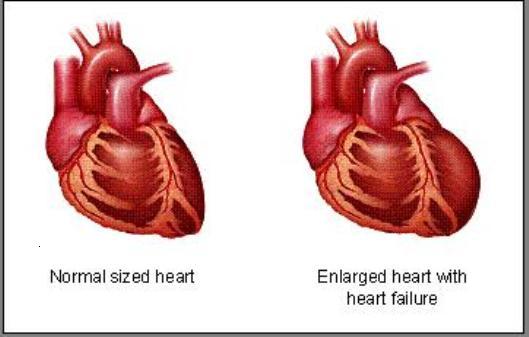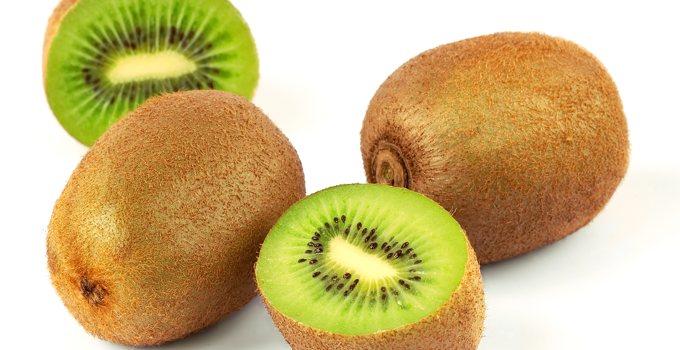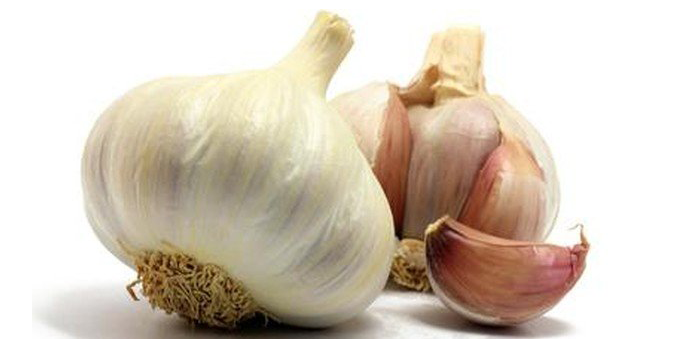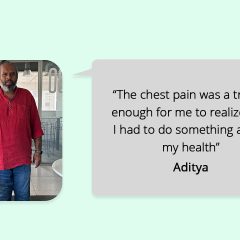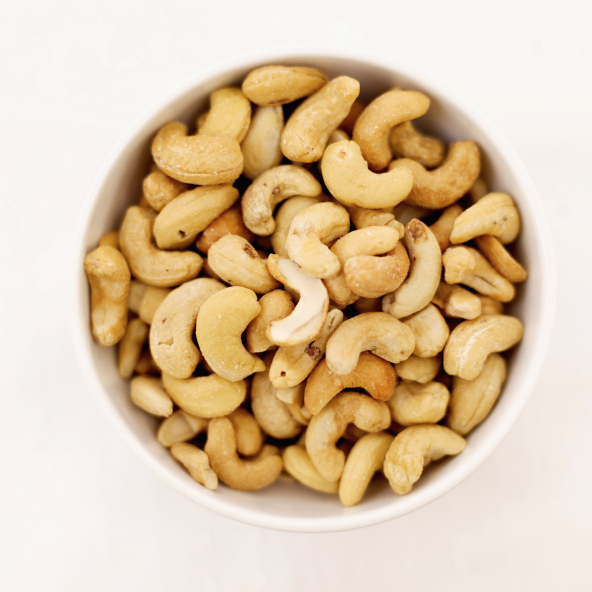
Cashew nuts are a favourite among all. These nuts are easily available and versatile, fitting perfectly into various occasions. They can be carried in your pocket and enjoyed on the go, as their fat content keeps you full for a longer time and helps you avoid snacking on unhealthy refined foods.
Originally native to Brazil, cashew nuts were brought to India by Portuguese explorers and now are widely grown in the coastal areas.
Despite being a healthy food, cashews are often avoided because they are perceived as high in fats and thus deemed unsuitable for frequent consumption, especially by those with heart conditions. However, these concerns are based on myths. Cashew are safe and healthy to consume. They contain monounsaturated fatty acid, Oleic acid which helps lower bad cholesterol (LDL) and increase good cholesterol (HDL).
Cashew nuts also contain several B-complex vitamins like Pyridoxine, Pantothenic Acid, Riboflavin & Niacin. These vitamins play a major role in the metabolism of Carbohydrates, Proteins & Fats. Each has specific health benefits: Pyridoxine helps protect the heart by inhibiting cholesterol deposits, Niacin combats Dermatitis (a skin infection), Pantothenic acid relieves stress and promotes good skin & hair, and Riboflavin prevents acne and supports healthy eyes.
Given the numerous benefits of cashew nuts, there’s no reason to avoid them. While they are high in calories, moderation and proper timing can allow you to reap their benefits, including a healthy heart, good skin, healthy eyes, and anti-stress properties.
Cashews are best enjoyed as a snack. Roast them and have about a fistful between meals, pre- or post-workout, during or after a trek or game.
If you found this article on the benefits of cashew nuts helpful and would like to share your thoughts or have more questions, please feel free to leave a comment below. For further insights and tips on maintaining a nutritious diet, checkout Healthy Reads or speak to a certified expert by subscribing to GOQii’s Personalised Health Coaching here.
#BeTheForce
